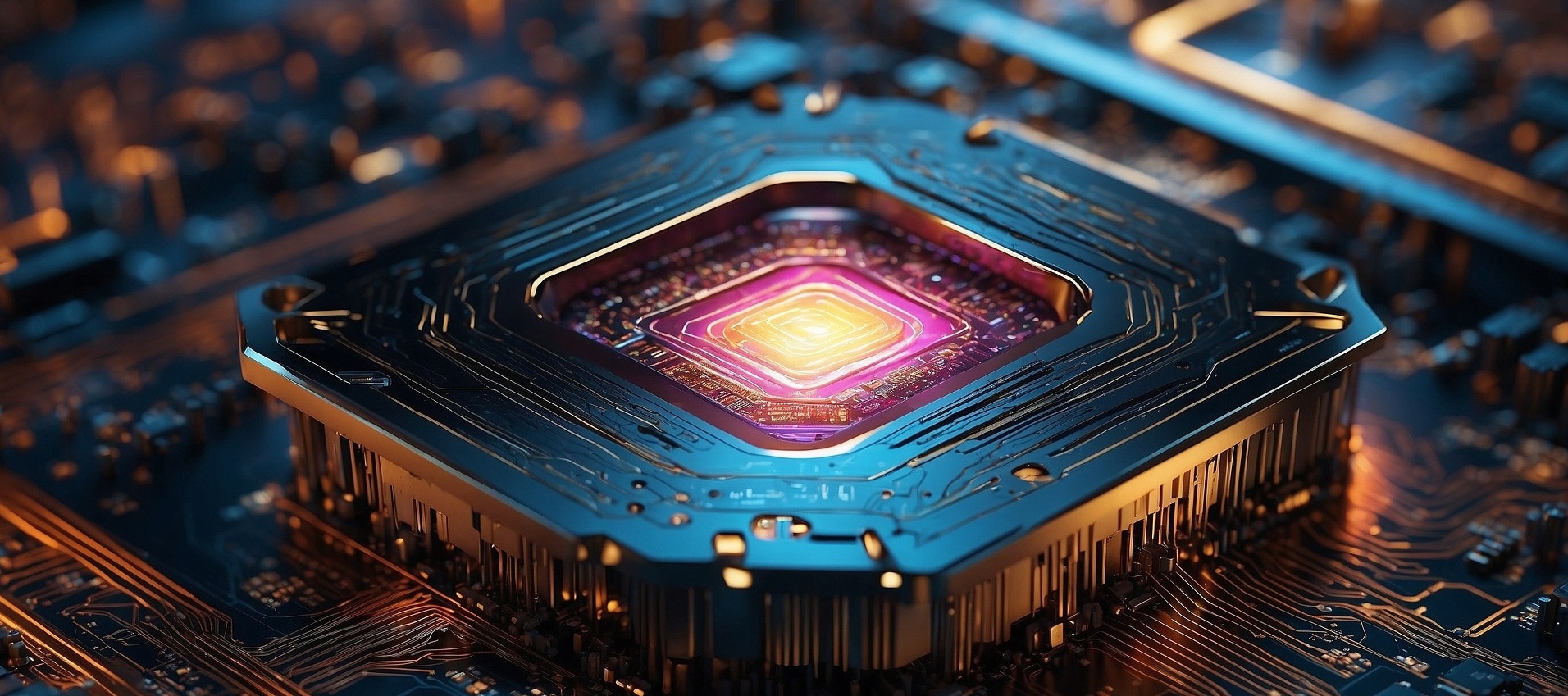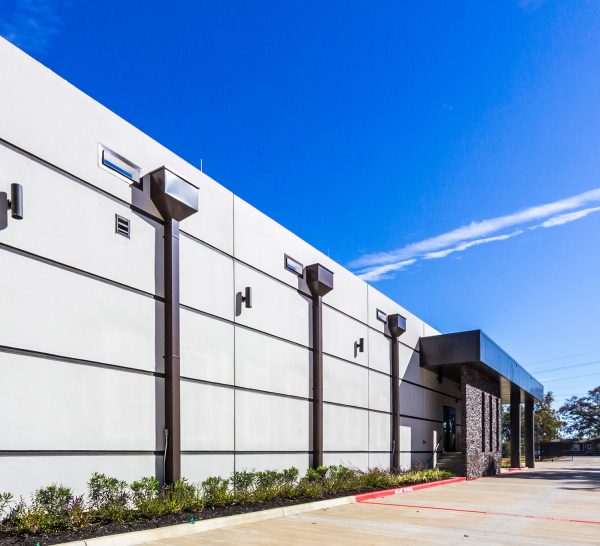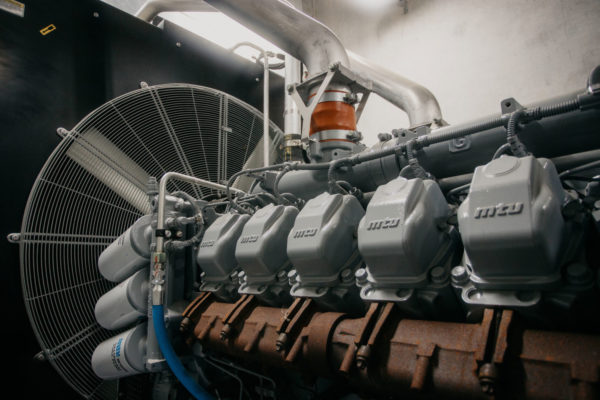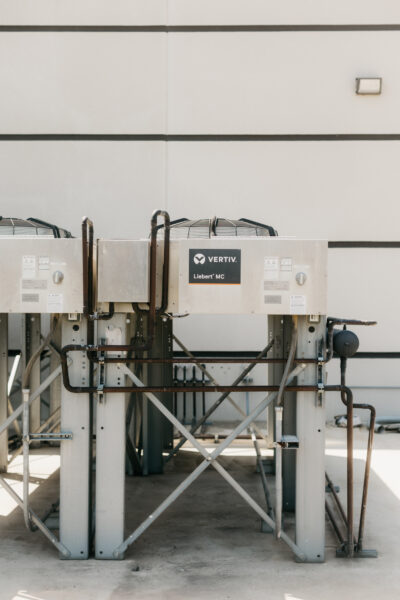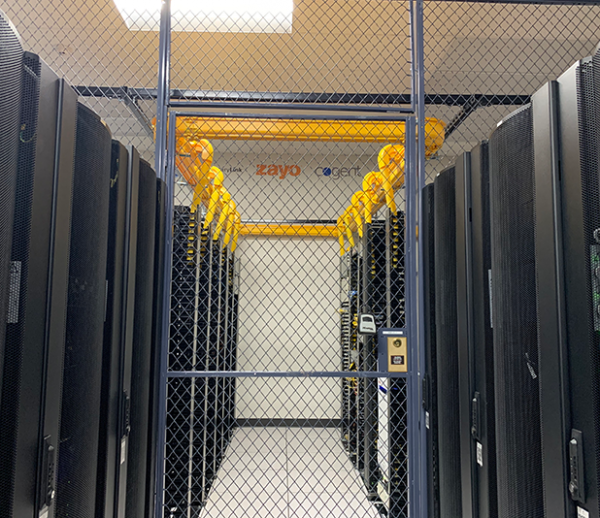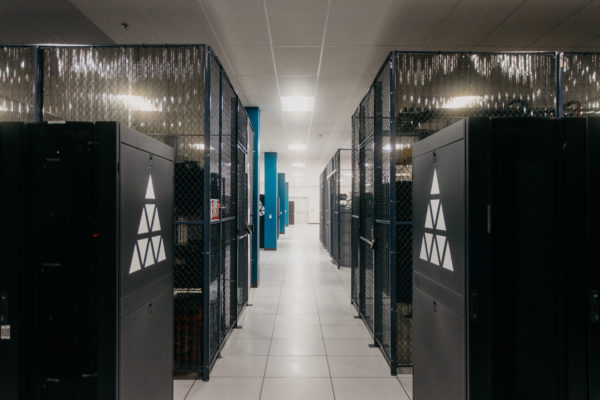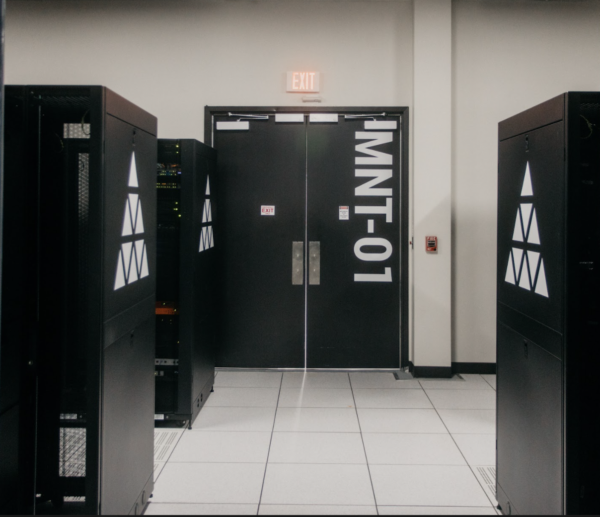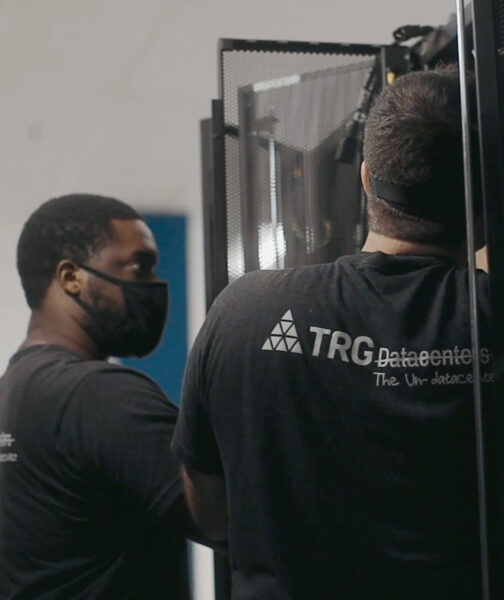A comprehensive look at performance, energy efficiency, and top GPUs for AI image generation and deep learning.
As technology continues to advance, having efficient and powerful hardware is more important than ever, especially for artificial intelligence (AI) and deep learning. At the heart of these advancements are GPU data centers, which have become crucial for handling AI workloads.
However, with so many options available—each with different features, specifications, and price points—choosing the right GPU for AI can be challenging.
This article will guide you through everything you need to consider, helping you select the best GPU for AI that aligns with your specific requirements.
How to Pick a GPU for AI?
The best GPU for AI depends on your specific use case, budget, and scalability needs. Whether you’re running intensive deep learning models or simple AI inference tasks, choosing the right GPU can dramatically impact your system’s efficiency.
1. Understand the Nature of Your AI Workloads
The first step is identifying what kind of AI tasks you’ll be running. Whether it’s deep learning, neural network training, or AI image generation, different GPUs are optimized for various workloads.
- Training vs. Inference: If your work involves training large models, you’ll want a GPU with high memory capacity and tensor cores for faster computation. For inference, power efficiency and speed will be more critical.
2. Evaluate GPU Performance
Performance is key when selecting the best GPU for AI. Consider the following metrics:
- Cores and Tensor Cores: Look for GPUs with more cores and tensor cores, as they significantly accelerate AI computations.
- Precision: Some tasks require double-precision calculations, while others can utilize mixed precision for faster results. Ensure your GPU supports the precision level your workload needs.
- Memory Bandwidth and VRAM: High memory bandwidth and large video RAM (VRAM) are crucial for handling large datasets, especially in deep learning workloads. Models like the NVIDIA A100 offer substantial memory for such tasks.
3. Consider Energy Efficiency
As AI projects scale, power consumption becomes a significant factor, influencing both performance and overall power requirements. The best GPU for AI should balance high performance with efficient energy use to ensure smooth operation during intensive workloads. Efficient GPUs reduce the strain on power systems, help prevent overheating, and can even extend hardware longevity by minimizing thermal issues. For organizations running large-scale AI deployments, selecting an energy-efficient GPU is key to maintaining performance without compromising on power usage.
- Optimized Power Usage: Choose GPUs designed to deliver high performance with lower energy consumption to prevent excessive power draw.
- Temperature Control: Efficient GPUs generate less heat, reducing the need for extensive cooling systems and maintaining stable operation.
- Sustainability: Energy-efficient hardware supports more environmentally conscious operations by lowering overall energy consumption.
- Hardware Longevity: Lower power consumption reduces wear on hardware components, contributing to longer-lasting GPU performance.
4. Leverage AI-Specific Features
GPUs designed specifically for AI workloads come with unique features that can accelerate model development.
- TensorRT and CUDA: NVIDIA GPUs often come with TensorRT and CUDA libraries, allowing for optimized deep learning model performance.
- Support for AI Frameworks: Ensure the GPU you choose supports AI frameworks like TensorFlow, PyTorch, and others, with tailored optimizations to maximize efficiency.
5. Price-to-Performance Ratio
Lastly, assess your budget. High-end GPUs like the NVIDIA A100 or RTX 3090 come with hefty price tags but provide unparalleled performance. Mid-range options like the RTX 3080 can deliver significant power for less demanding AI workloads, offering an excellent price-to-performance ratio.
What is the best AI GPU?
Choosing the right GPU is crucial to unlocking the full potential of your AI projects. Here’s a look at the best choices for powering your AI initiatives effectively.
- NVIDIA A100 – The NVIDIA A100 is widely considered the gold standard for AI research. Featuring Ampere architecture and advanced Tensor cores, it provides unmatched performance for training massive neural networks. This GPU offers exceptional memory bandwidth, ideal for deep learning tasks that demand high precision and massive datasets.
- NVIDIA RTX A6000 – For AI professionals looking for a versatile yet powerful option, the NVIDIA RTX A6000 is a top choice. With ample memory and Tensor cores for AI acceleration, this GPU supports everything from large-scale language models to computer vision projects.
- NVIDIA RTX 4090 – Whether you’re training deep learning models or conducting large simulations, this GPU offers unparalleled performance for AI professionals who need the best in GPU technology.
What is the fastest AI GPU?
The fastest AI GPU available today is the NVIDIA A100, known for its exceptional performance in handling AI workloads. Built on the Ampere architecture, the A100 is optimized for tasks like deep learning, model training, and inference, offering up to 20 times the speed of previous generations. Its multi-instance GPU (MIG) feature allows for efficient sharing of resources across multiple workloads, making it a top choice for demanding environments.
What is the Best GPU for AI Image Generation?
The NVIDIA RTX 4090 is widely considered the best GPU for AI image generation. Its powerful architecture, large memory capacity, and advanced tensor cores make it ideal for processing complex datasets and generating high-quality images. The RTX 4090 excels at handling the demanding computational requirements of AI-driven graphics, providing exceptional performance for tasks like deep learning and neural network image processing.
Why TRG Data Centers Are Essential for AI Workloads
When selecting the best GPU for AI, you also need a reliable and scalable infrastructure to support these high-performance machines.
This is where TRG Data Centers become invaluable for AI professionals.
Scalable and Future-Proof Infrastructure
As AI models grow in complexity, so do the demands on computational resources. TRG’s data centers provide flexible, reliable, scalable solutions that allow businesses to easily expand their computing power. Whether you’re running small machine learning models or scaling up to deep learning with multiple GPUs, TRG’s infrastructure grows with your needs, eliminating the overhead of managing your own facility.
Cost-Efficiency
Investing in the hardware required for AI can be a significant expense, but the cost of maintaining a data center can be even higher. By using TRG’s colocation services, companies can focus on their core AI projects while leaving the heavy lifting of data center management—like cooling, security, and maintenance—to the experts. This results in reduced capital and operational expenses.
Expert Support and Tailored Solutions
Our team of professionals offers guidance and support on everything from power configuration to optimal GPU utilization. This ensures that your AI models run as efficiently as possible, to achieve the best performance.
Get Started with our GPU Colocation Today
Choosing the best GPU for AI isn’t just about the hardware; it’s about finding the right partner to support your infrastructure. With our fault-tolerant data centers and expert team, your AI projects will have the foundation they need to succeed.
Ready to power up your AI capabilities?
Contact us today or explore our GPU colocation options across the United States, including Houston and soon Dallas and Austin
Looking for GPU colocation?
Deploy reliable, high-density racks quickly & remotely in our data center
Want to buy or lease GPUs?
Our partners have H200s and L40s in stock, ready for you to use today
